When you’re spending a day on the water, most people don’t think of comfort first. But—maybe even more than your gear or skill—your desire to stay on the water is maybe the biggest advantage you can give yourself. The better you feel in the elements, the more time you’ll spend putting your fly in the water. And that means more fish in the net.
What to wear under your waders is a huge part of staying comfortable on the river. It can trip many people up, but once you nail down a system, you’ll thank yourself while your buddy is trying to thaw out in the truck. It’s not complicated, but it’s definitely worth talking about.
In general, there are hundreds (thousands, maybe?) of companies telling you that you need their clothing to perform in the river. But, what you really need is this: to stay at a comfortable temperature and to stay dry. In this guide, we’ll run through what to wear under your waders, season by season, and also address the climate as well.
But first, a quick note about materials. When in doubt, go with synthetic or wool. Cotton and down materials don’t play well with water—once they get wet, they tend to stay wet—which means you’ll be soggy and cold very quickly. Wool is a good choice for socks because even if they get wet, they retain their insulating properties. For long underwear, sweaters, and jackets, it’s almost always a good idea to use synthetic fabrics. They’ll dry quickly, wick away moisture, and keep you warm in the wettest conditions.
If you’re in much higher elevations, the water may be cool enough where you want to wear waders to separate yourself from the temperature of the stream. But, at this point, it’s simply a matter of preference. If temperatures are going to be above 70 degrees, you’d probably be more comfortable without waders. But, if you want to stay dry, try wearing a pair of airy gym shorts under your waders and a breathable quick-dry shirt to keep the sun off of you.
Fall
Similar to spring, you’ll want to layer when fall temperatures begin to drop. As the weather starts to change and get gradually colder, bring the long underwear out of the closet and pack a waterproof shell as well. You’ll also want to wear nice thick pairs of wool socks to protect your feet from the cold water. In southern states, it’s all dependent on the day. Check your forecast and dress accordingly, as fall temperatures can range from sweltering to chilly.
Depending on the height of your waders, even a down jacket may be a good choice during a cold day if you can keep it dry. It’s also smart to wear a pair of fingerless gloves to keep your hands warm, but maintain the nimbleness of your fingers to cast the fly.
In short, remember these basic rules when deciding what to wear under your waders:
If you have any other questions about fly fishing, feel free to reach out. Follow us on Facebook and Instagram and send us a direct message. We love connecting with the community and spreading the joy that comes with fishing.
What to wear under your waders is a huge part of staying comfortable on the river. It can trip many people up, but once you nail down a system, you’ll thank yourself while your buddy is trying to thaw out in the truck. It’s not complicated, but it’s definitely worth talking about.
In general, there are hundreds (thousands, maybe?) of companies telling you that you need their clothing to perform in the river. But, what you really need is this: to stay at a comfortable temperature and to stay dry. In this guide, we’ll run through what to wear under your waders, season by season, and also address the climate as well.
But first, a quick note about materials. When in doubt, go with synthetic or wool. Cotton and down materials don’t play well with water—once they get wet, they tend to stay wet—which means you’ll be soggy and cold very quickly. Wool is a good choice for socks because even if they get wet, they retain their insulating properties. For long underwear, sweaters, and jackets, it’s almost always a good idea to use synthetic fabrics. They’ll dry quickly, wick away moisture, and keep you warm in the wettest conditions.
Spring
Spring in any climate is a fickle mistress. First and foremost, check your forecast before heading out. Beyond that, layering is key to your comfort. Particularly in arid, alpine environments, you’ll want to start the day bundled up and be able to remove clothing as temperatures rise. We recommend wool socks, synthetic long underwear or sweat pants, and an insulating layer like fleece. If you’re in the southern states, you might be able to get by with swimming shorts and a light airy long-sleeved shirt. Either way, it’s important to pack a waterproof shell. Even on a warmer day, a spring thunderstorm can make things cold quickly if you’re not prepared.Summer
In the summer especially down south, it’s likely you won’t need waders at all—i.e. “Wet wading.” You’ll still want to wear solid wading shoes with good traction, but pair them with a bathing suit or another pair of quick-drying shorts. Even light synthetic pants are a great option to protect you from the sun. When wet wading, we suggest not wearing socks unless you’re fine hanging your wet socks up overnight after your day of fishing.If you’re in much higher elevations, the water may be cool enough where you want to wear waders to separate yourself from the temperature of the stream. But, at this point, it’s simply a matter of preference. If temperatures are going to be above 70 degrees, you’d probably be more comfortable without waders. But, if you want to stay dry, try wearing a pair of airy gym shorts under your waders and a breathable quick-dry shirt to keep the sun off of you.
Fall
Similar to spring, you’ll want to layer when fall temperatures begin to drop. As the weather starts to change and get gradually colder, bring the long underwear out of the closet and pack a waterproof shell as well. You’ll also want to wear nice thick pairs of wool socks to protect your feet from the cold water. In southern states, it’s all dependent on the day. Check your forecast and dress accordingly, as fall temperatures can range from sweltering to chilly.
Winter
When fly fishing in the winter, it’s common for the anglers to wear wool socks, long underwear, insulated pants, a fleece sweater, and even a warm jacket on top of that. The rule of thumb is this—the forecast may say it’ll be a reasonable 50-degrees, but it’s always going to seem colder if you’re in the water, so be prepared. You can always remove layers.Depending on the height of your waders, even a down jacket may be a good choice during a cold day if you can keep it dry. It’s also smart to wear a pair of fingerless gloves to keep your hands warm, but maintain the nimbleness of your fingers to cast the fly.
What Not To Wear Under Your Waders
It’s best to avoid bright, loud clothing. You’ll notice most waders are made in different shades of grey, brown, and tan. That’s intentional to try and camouflage you along with the water and your surroundings. When choosing what to wear on your upper body and different hats, try and also wear natural colors. Bright colors can spook the fish when you’re trying to approach them.In short, remember these basic rules when deciding what to wear under your waders:
- Layer clothing so you can adjust easily and quickly.
- Avoid cotton and be sure you can keep down materials dry.
- Dress warmer than you think, especially at higher elevations.
- Always bring a waterproof shell in alpine environments.
- Wool socks are your friend.
If you have any other questions about fly fishing, feel free to reach out. Follow us on Facebook and Instagram and send us a direct message. We love connecting with the community and spreading the joy that comes with fishing.


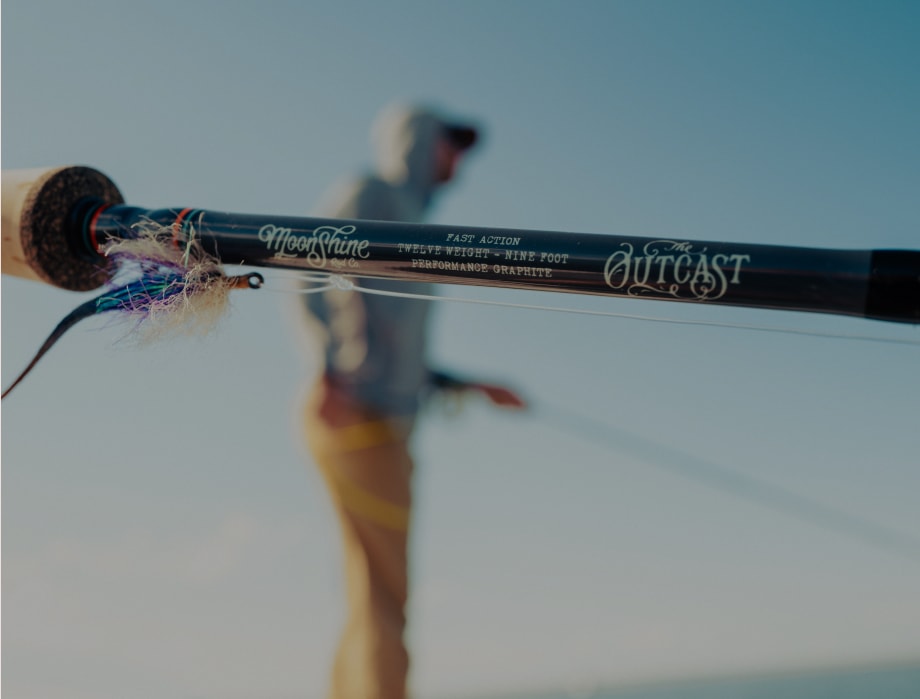
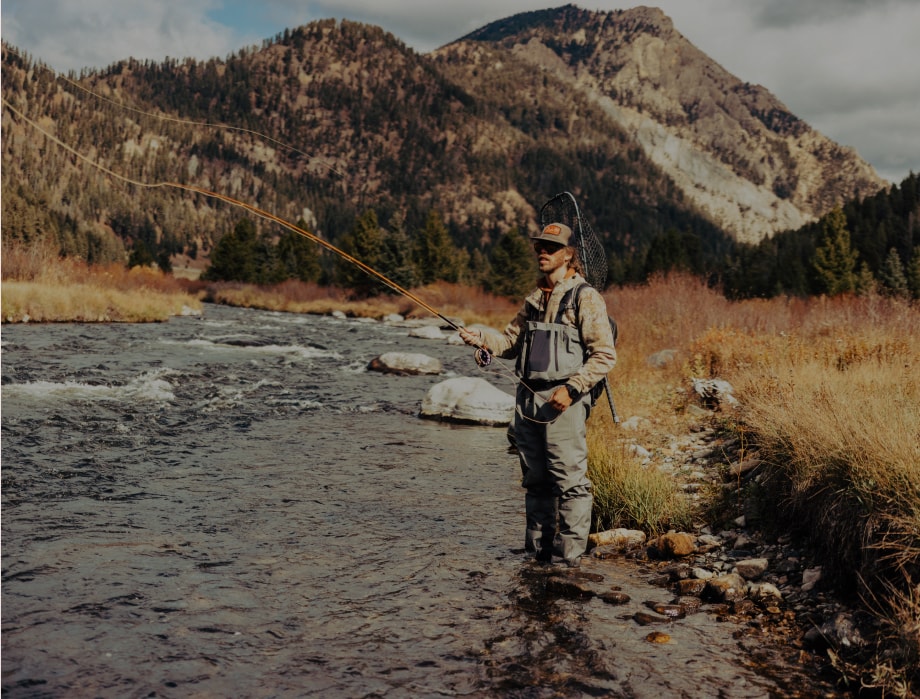
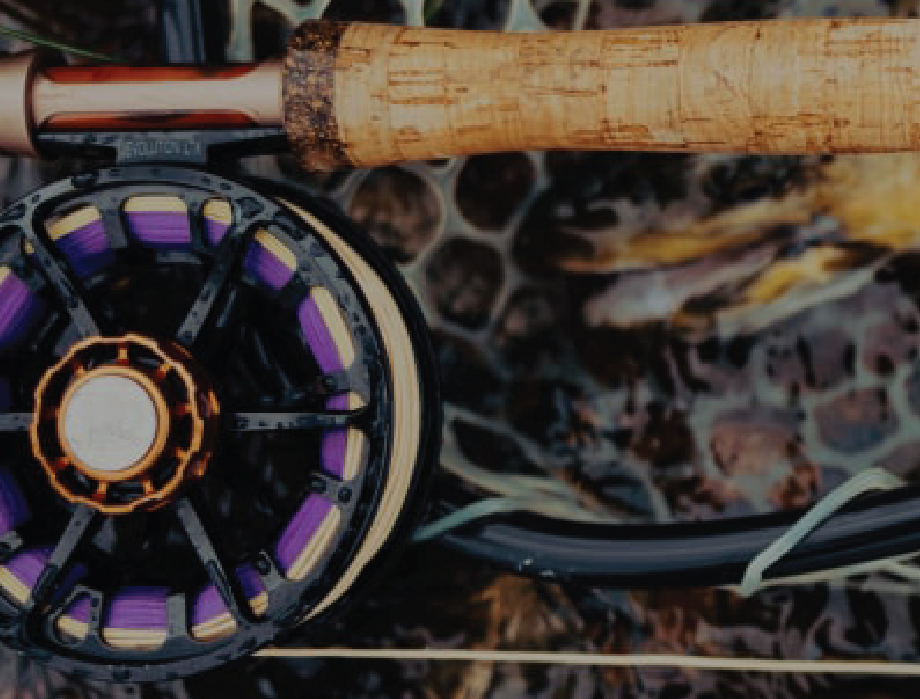


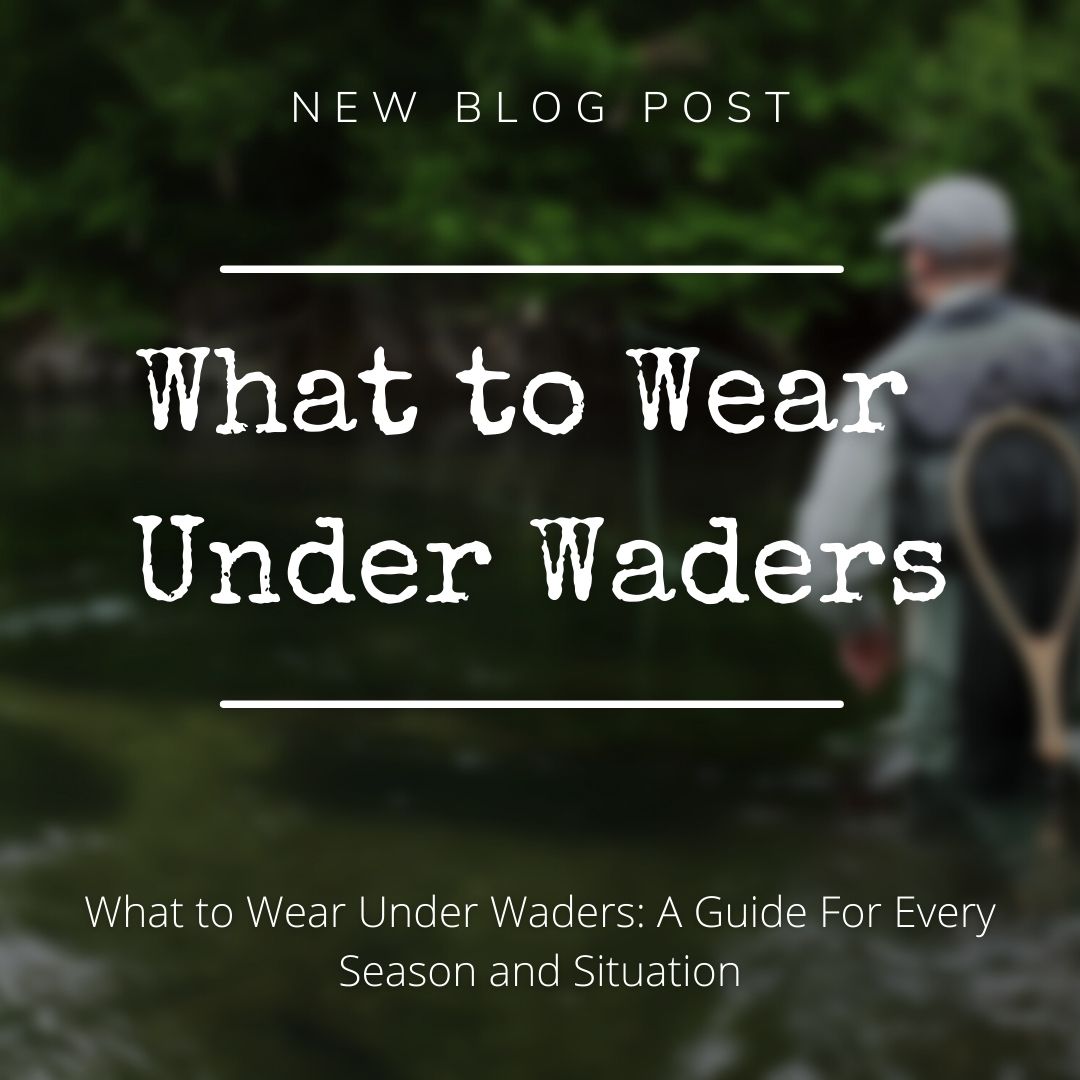
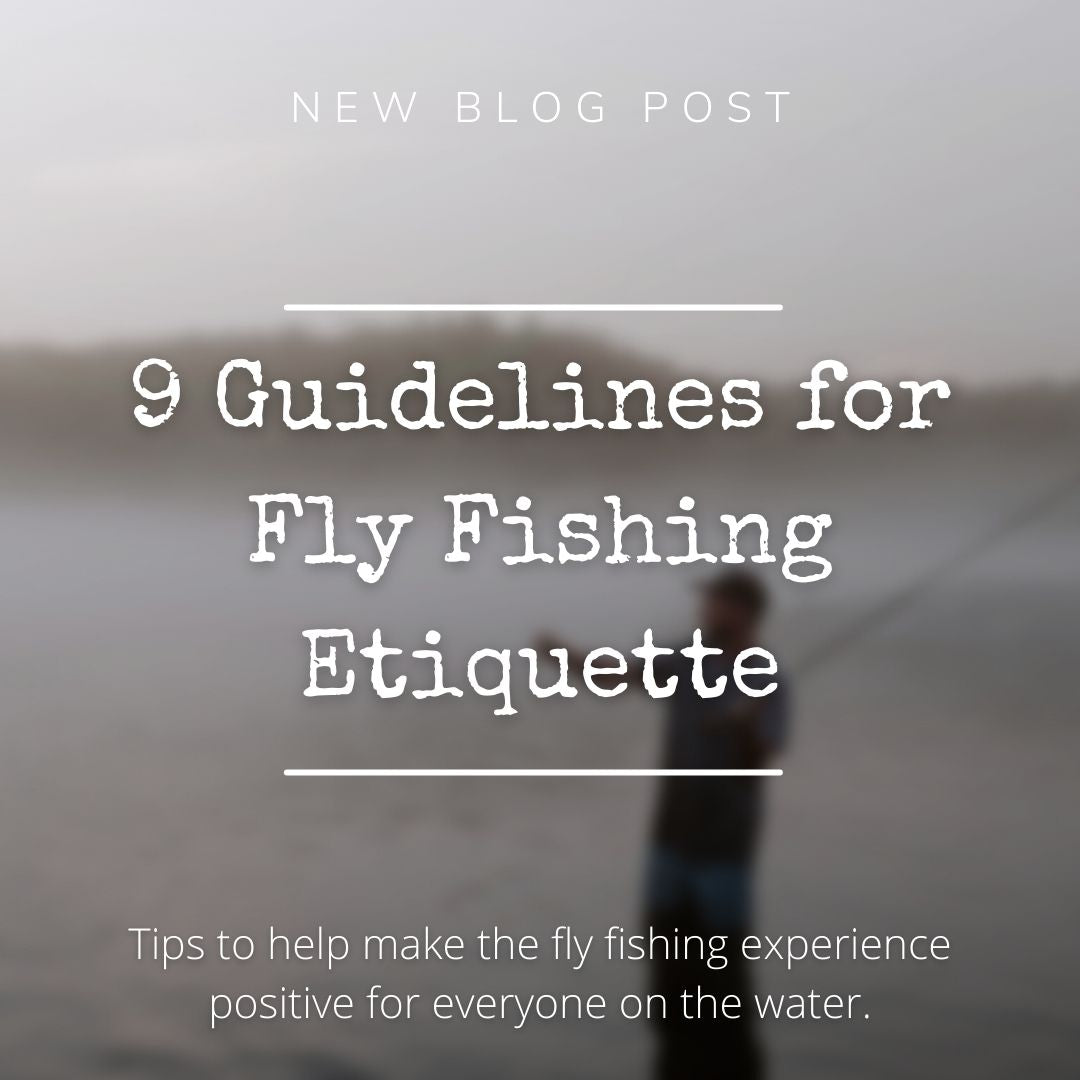
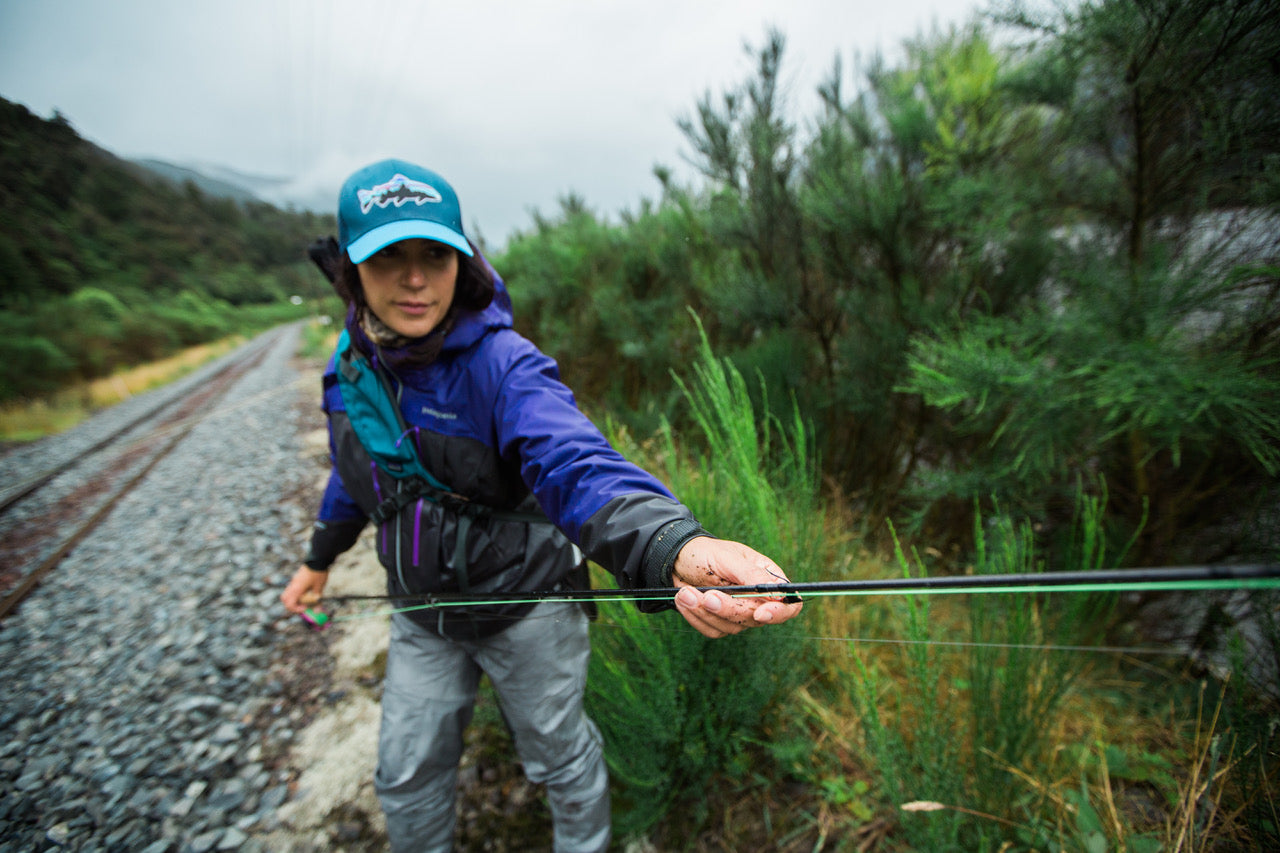
Leave a comment
All comments are moderated before being published.
This site is protected by hCaptcha and the hCaptcha Privacy Policy and Terms of Service apply.